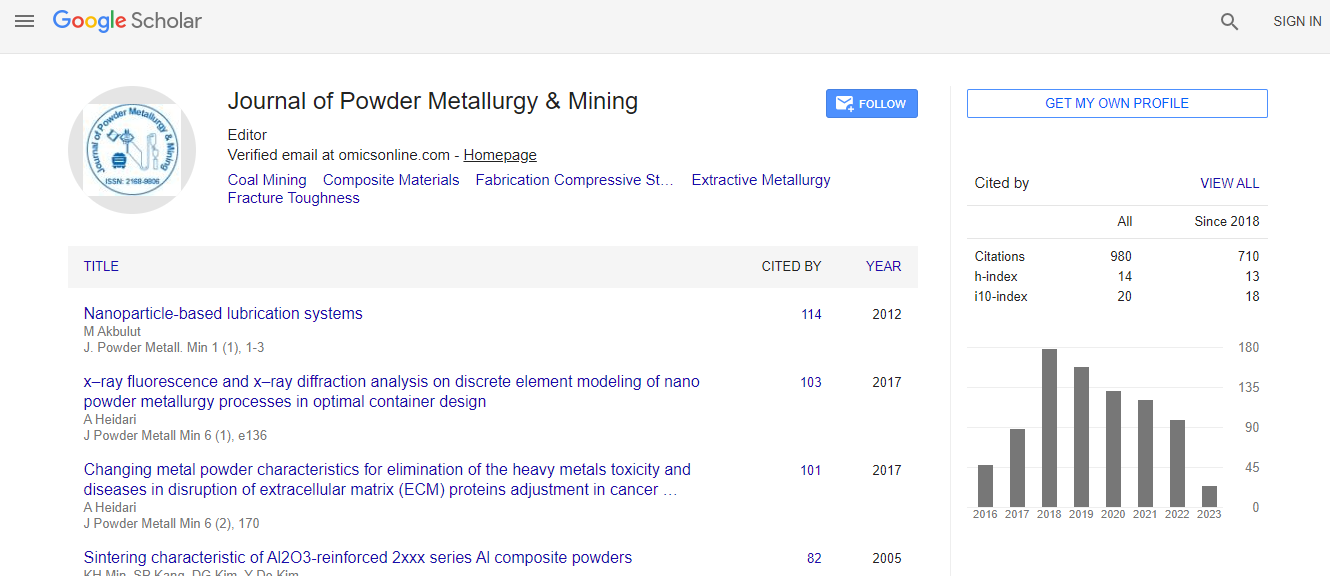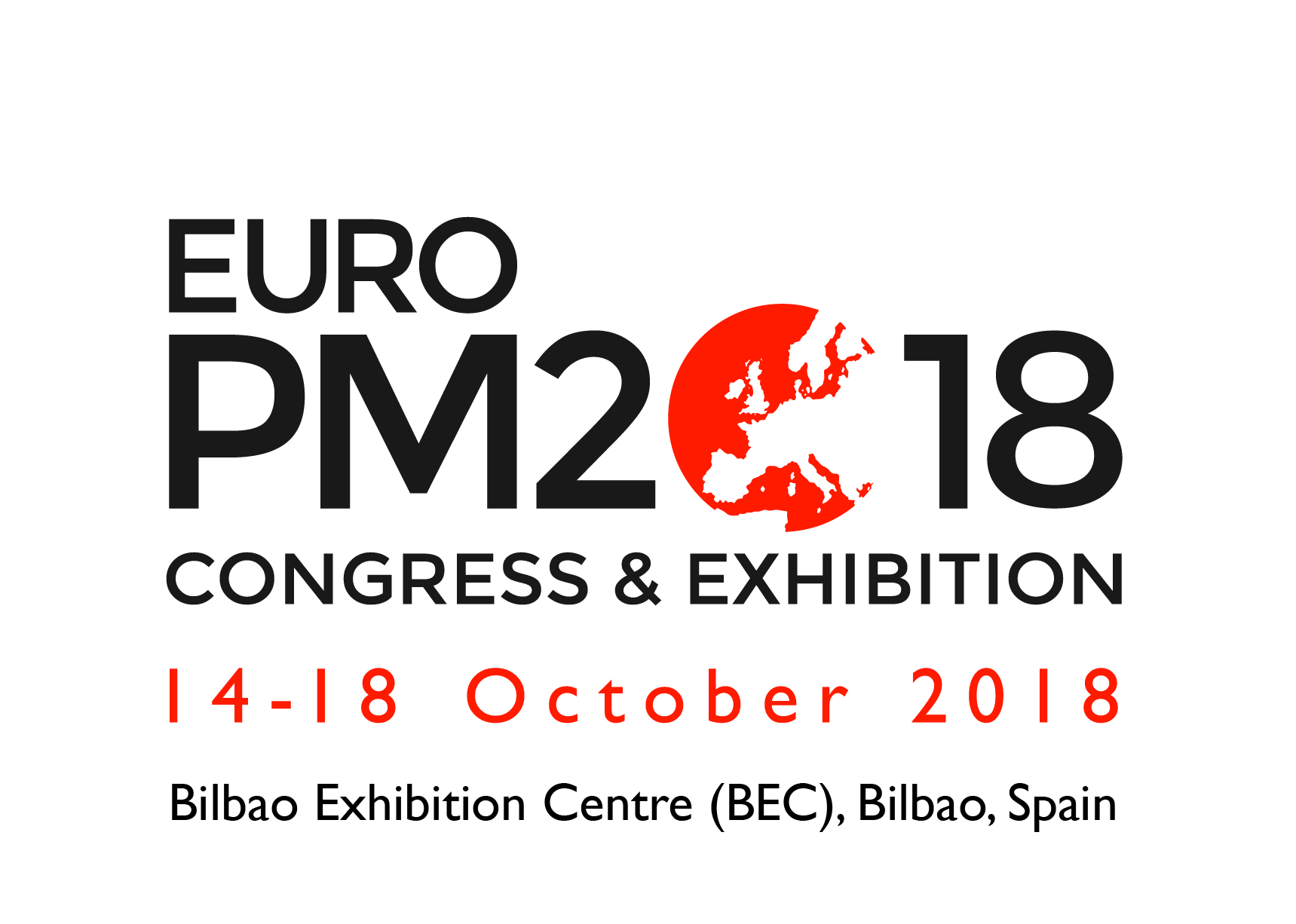Research Article
Structural, Magnetic and Dielectric Properties of Sm3+ and Mn2+ Co-doped BiFeO3 Nanoparticles
Ali SI1,2*, Kiani M2 and Rizwan S2
1State Key Laboratory for New Ceramics & Fine Processing, School of Materials Science & Engineering, Tsinghua University, Beijing 100084, PR China
2Department of Physics, School of Natural Science (SNS), National University of Science & Technology (NUST), Islamabad 44000, Pakistan
- *Corresponding Author:
- Ali SI
State Key Laboratory for New Ceramics & Fine Processing
School of Materials Science and Engineering
Tsinghua University, Beijing 100084, PR China
Tel: +86-10-62782770
E-mail: irfansyed715@gmail.com
Received Date: March 17, 2017; Accepted Date: March 22, 2017; Published Date: March 31, 2017
Citation: Ali SI, Kiani M, Rizwan S (2017) Structural, Magnetic and Dielectric Properties of Sm3+ and Mn2+ Co-doped BiFeO3 Nanoparticles. J Powder Metall Min 6: 163. doi:10.4172/2168-9806.1000163
Copyright: © 2017 Ali SI, et al. This is an open-access article distributed under the terms of the Creative Commons Attribution License, which permits unrestricted use, distribution, and reproduction in any medium, provided the original author and source are credited.
Abstract
The structural, morphological, magnetic and dielectric properties of Samarium (Sm3+) and Manganese (Mn2+) doped Bismuth ferrite (BSFMO, Sm=5% and Mn=0%, 5%, 10%, 20%, 25%) nanoparticles are presented which were characterized by X-ray diffraction (XRD), scanning electron microscope (SEM), superconducting quantum interference device (SQUID) and LCR meter, respectively. The XRD and SEM measurement show that the nanoparticles were successfully synthesized by an improved sol-gel technique. The nanoparticles size decreases with increase in the Mn2+ concentration. The dielectric measurement revealed that the dielectric constant and dielectric loss decreases at higher frequency. The saturation magnetization and the magnetic coercivity of Mn-doped BSFO decrease by increasing Mn concentration which is attributed to the increase in Bi2Mn4O9 antiferromagnetic impurity phase and the increase in antiferromagnetic spin wavelength. Our results suggest that the resulting nano-composite is a soft ferromagnetic material and is a suitable candidate for magnetic sensors operable at room-temperature.

 Spanish
Spanish  Chinese
Chinese  Russian
Russian  German
German  French
French  Japanese
Japanese  Portuguese
Portuguese  Hindi
Hindi 

